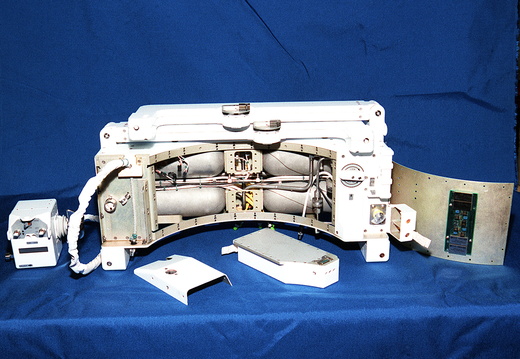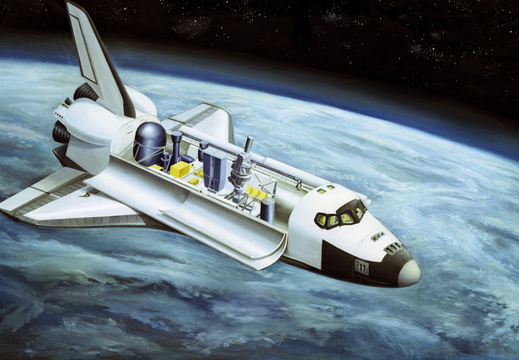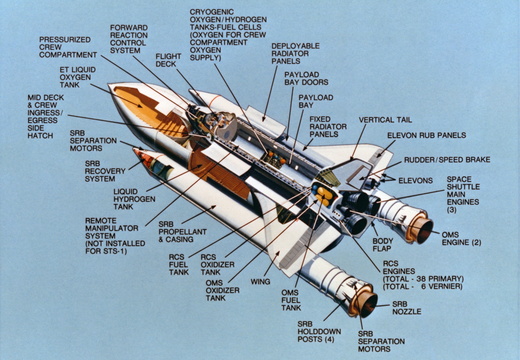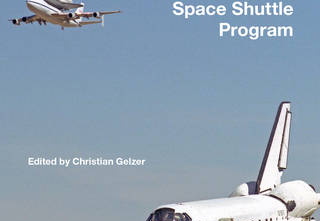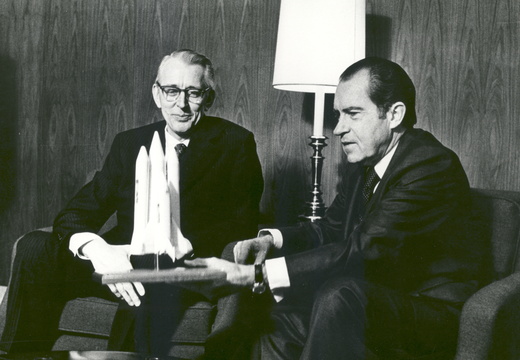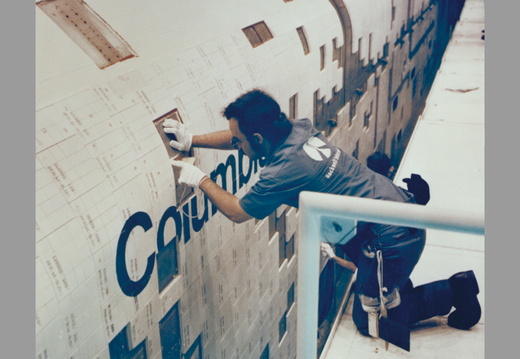
SHUTTLES CONSTRUCTION
Whether awaiting liftoff from Kennedy Space Center's launch pads or undergoing space-age upgrades, NASA's space shuttle orbiters were majestic in appearance, intricate in design, and advanced in the possibilities they offered mankind in the exploration of our universe.



